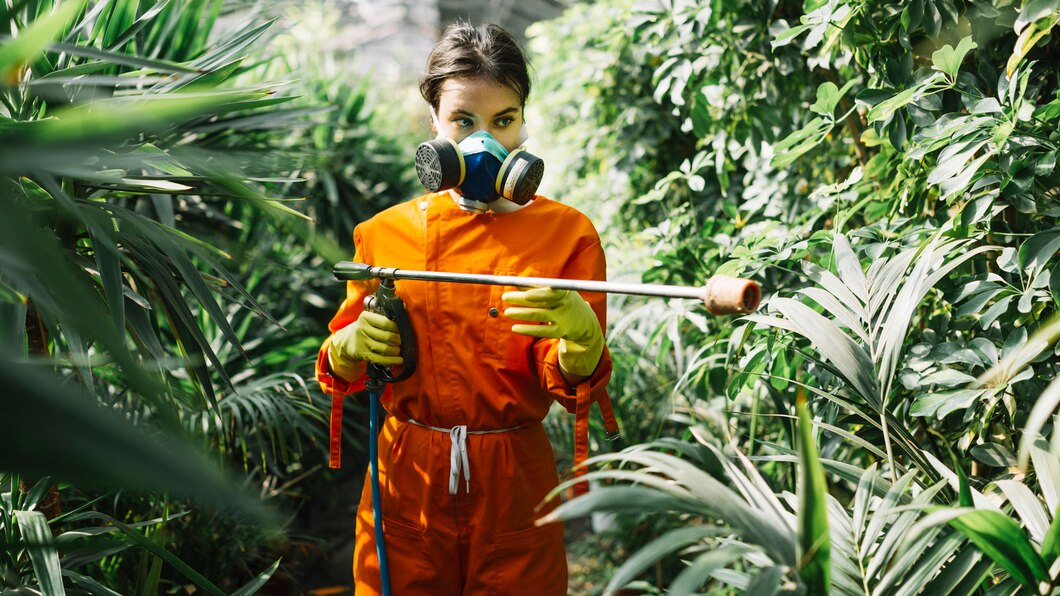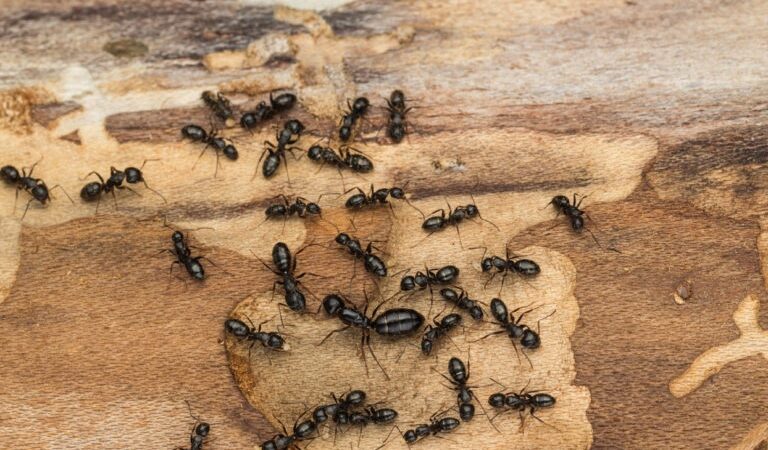Is Your Pest Control Safe for the Environment?

As awareness of environmental sustainability continues to grow, many homeowners and businesses are asking an essential question: Is your pest control safe for the environment? Protecting your property from pests doesn’t have to come at the cost of harming our planet. Eco-friendly pest control options from brands like Mama Bear Pest & Outdoor provide effective solutions while minimizing environmental impact.
In this article, we’ll explore the importance of environmentally safe pest control, its benefits, and how to choose eco-friendly options for a sustainable future.
Why Does Environmentally Safe Pest Control Matter?
Traditional pest control methods often rely on chemical solutions that can harm ecosystems, pollute waterways, and pose risks to human and animal health. Here’s why choosing safer alternatives is crucial:
- Protecting Biodiversity: Harsh pesticides can harm non-target species, such as bees, butterflies, and other beneficial insects that play essential roles in pollination and maintaining ecological balance.
- Reducing Pollution: Chemicals from pest control products can leach into soil and water systems, contaminating the environment and affecting aquatic life.
- Ensuring Safety: Eco-friendly pest control methods reduce risks to humans and pets, ensuring a healthier living environment.
Benefits of Eco-Friendly Pest Control
Choosing for environmentally safe pest control offers multiple advantages beyond just pest elimination:
- Sustainability: Eco-friendly methods often focus on long-term prevention rather than short-term eradication, promoting sustainable practices.
- Healthier Homes: Natural and organic pest control solutions minimize exposure to toxic chemicals, reducing health risks for families.
- Cost-Effectiveness: While initial costs may sometimes be higher, eco-friendly pest control often saves money in the long run through prevention-focused strategies.
- Positive Public Image: For businesses, using green pest control demonstrates a commitment to sustainability, enhancing brand reputation.
Common Eco-Friendly Pest Control Methods
Eco-friendly pest control combines innovative techniques, natural products, and preventive measures to manage pests effectively. Below are some popular methods:
- Integrated Pest Management (IPM):
- What It Is: A holistic approach that focuses on understanding pest behavior, monitoring infestation levels, and using targeted control methods.
- Why It Works: By addressing the root causes of infestations, IPM reduces the need for chemical treatments.
- Biological Control:
- What It Is: Introducing natural predators or parasites to control pest populations.
- Examples: Ladybugs for aphids, nematodes for grubs, or predatory mites for spider mites.
- Botanical Pesticides:
- What It Is: Plant-based pesticides derived from essential oils or other natural substances.
- Examples: Neem oil, pyrethrum (from chrysanthemums), and garlic sprays.
- Physical Barriers:
- What It Is: Using screens, traps, and seals to prevent pest entry.
- Why It Works: These barriers act as a first line of defense without introducing chemicals.
- Habitat Modification:
- What It Is: Altering the environment to make it less hospitable for pests.
- Examples: Removing standing water to deter mosquitoes or sealing cracks to block rodent entry.
- Organic Products:
- What It Is: Certified organic products designed to target pests without harming the environment.
- Examples: Diatomaceous earth for ants and fleas or vinegar solutions for cleaning and repelling insects.
How to Choose an Environmentally Friendly Pest Control Provider
In choosing a pest control service it must be ensured that their approach to pest control is environmentally friendly. Here are some tips:
Ask About Their Practices:
Ask them about the products they use the methods they employ, and how they are conscious of the fact with the current technology that you only want the chemical-free ones.
Look for Certifications:
Companies that receive certification from the EPA or GreenPro will pay more attention to sustainable practices.
Read Reviews:
One can glance through the testimonials to know whether other customers of this provider paid attention to the strategy of the company being environmentally friendly.
Get a Customized Plan:
Ask for a pest management plan that emphasizes preventative measures and involves as few toxic chemicals as possible.
DIY Eco-Friendly Pest Control Tips
For homeowners who prefer to handle pest issues independently, here are some simple and eco-conscious strategies:
Maintain Cleanliness:
Pests are easy to avoid; you only need to maintain cleanliness in your homes and the surrounding environment. Empty garbage bins frequently, seal food in tightly sealed receptacles and declutter.
Use Natural Repellents:
Sprinkle citronella in the areas that you suspect are prone to having mosquitoes, or use natural herbs such as mints, basil, or lavender in your house.
Seal Entry Points:
Seal all areas of potential pest access, such as fissures, holes, and spaces.
Set Traps:
Poison is not recommended, and instead, a humane trap for rodents or a stick trap for insects to trap pests will suffice.
Encourage Natural Predators:
Reduce pesticide use or prevent birds or beneficial insects from coming near your garden by creating vegetation cover.
Monitor and Act Promptly:
Check for signs of pests and act on any signs early enough before the pests become a serious problem.
Challenges of Eco-Friendly Pest Control
While eco-friendly pest control has numerous benefits, it’s essential to acknowledge potential challenges:
- Time-Consuming: These methods often require patience, as results may take longer to appear.
- Limited Scope: Some severe infestations may necessitate limited use of traditional methods for effective eradication.
- Higher Initial Costs: Organic products and sustainable practices can sometimes cost more upfront.
Despite these challenges, the long-term benefits to health, environment, and property make eco-friendly pest control a worthwhile investment.
The Future of Eco-Friendly Pest Control
Advancements in technology and increased awareness are driving innovations in sustainable pest management. Future trends include:
- Smart Pest Control: Using IoT devices for monitoring and early detection of infestations.
- Biopesticides: Developing environmentally safe and highly effective biological pesticides.
- Community Initiatives: Encouraging neighborhoods to adopt collective eco-friendly pest control strategies.
Final Thoughts
Environmental safety is no longer an option. It’s a necessity. By choosing eco-friendly pest control methods, you can protect your home, health, and the planet simultaneously. Whether you choose professional services from brands such as Mama Bear Pest & Outdoor or DIY solutions, every step toward sustainability makes a significant difference.
Is your pest control safe for the environment? With the right choices, the answer can be a resounding yes. Let’s work together to create a pest-free and eco-friendly world.


